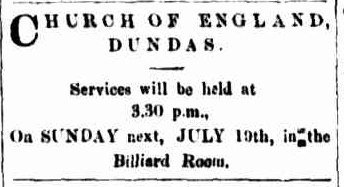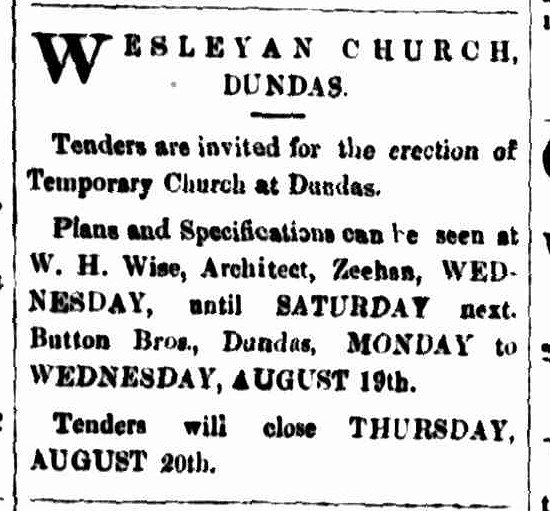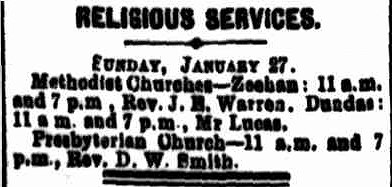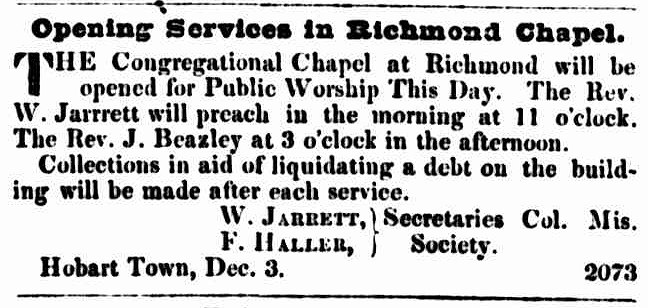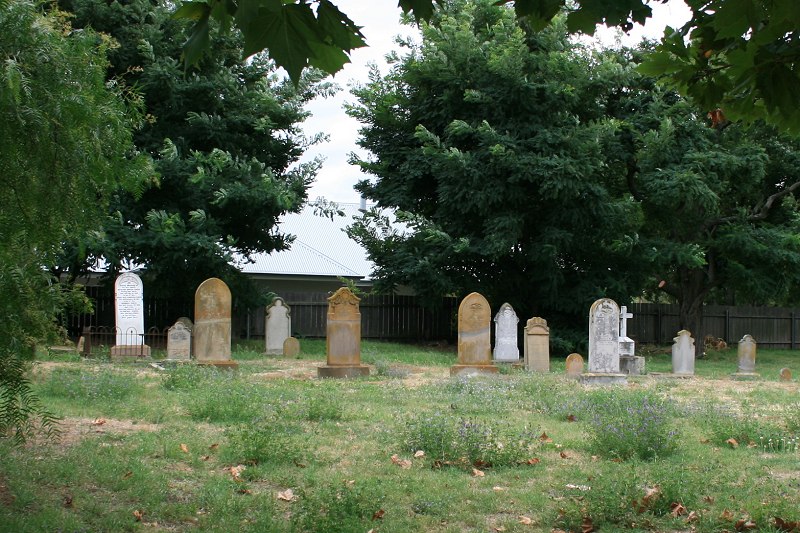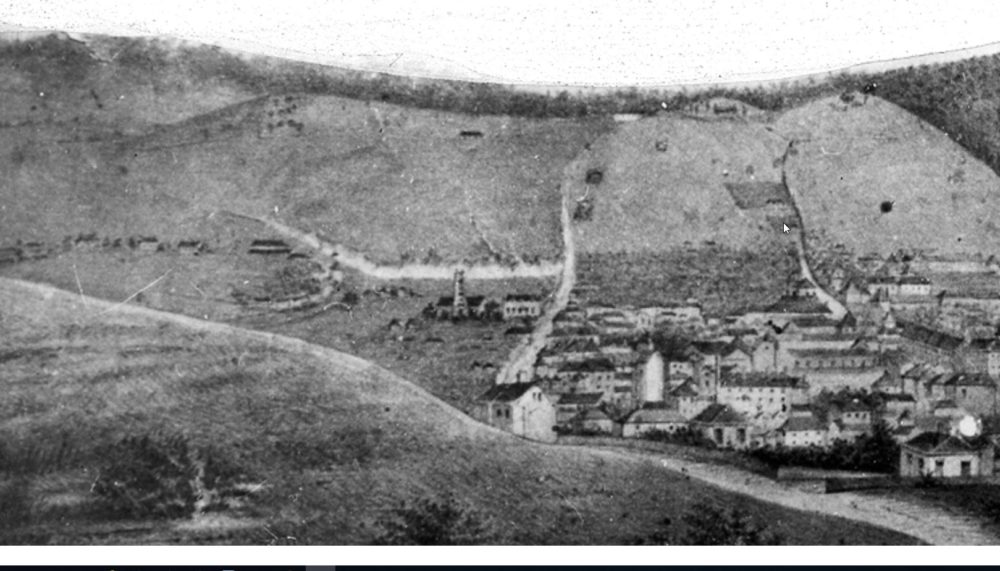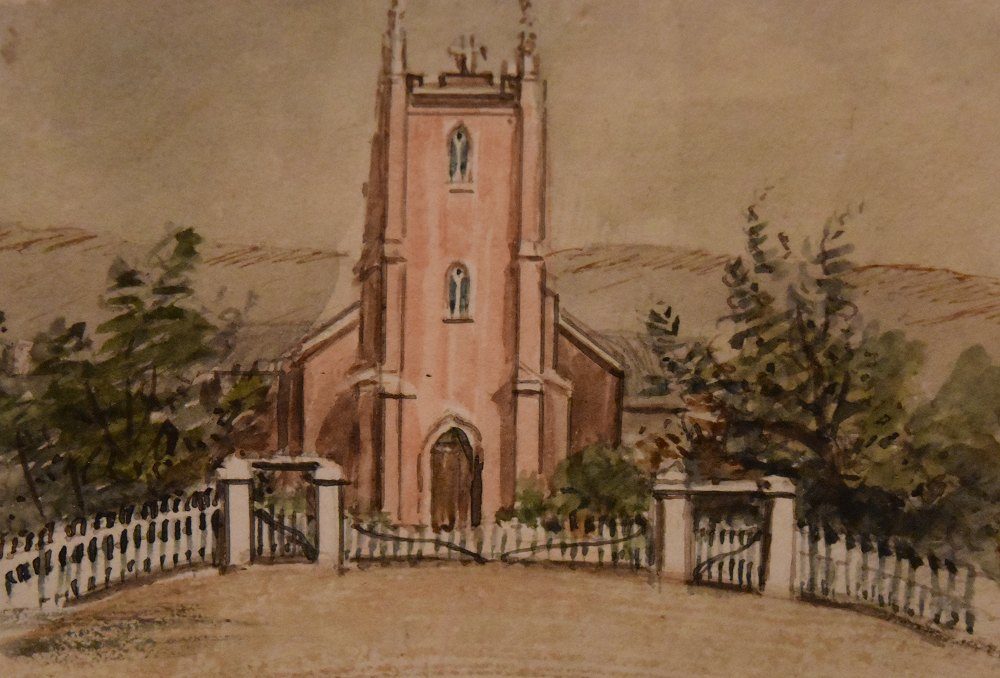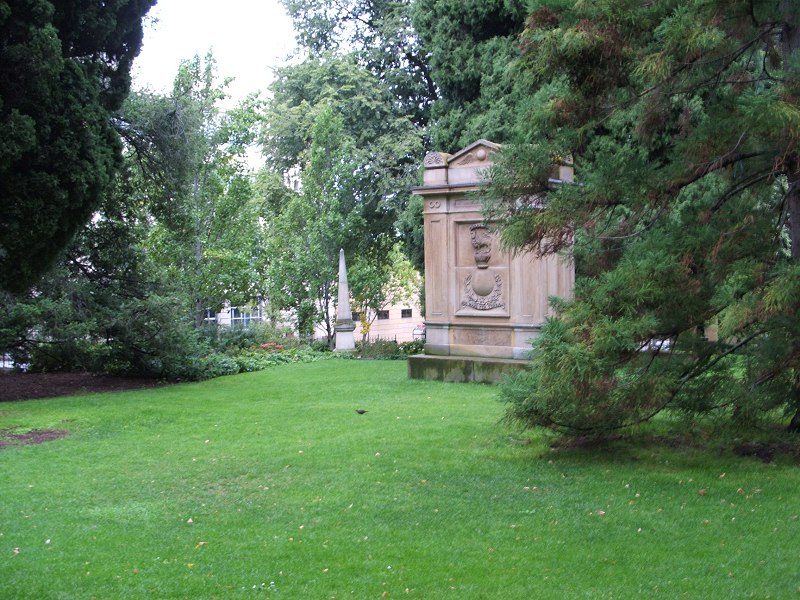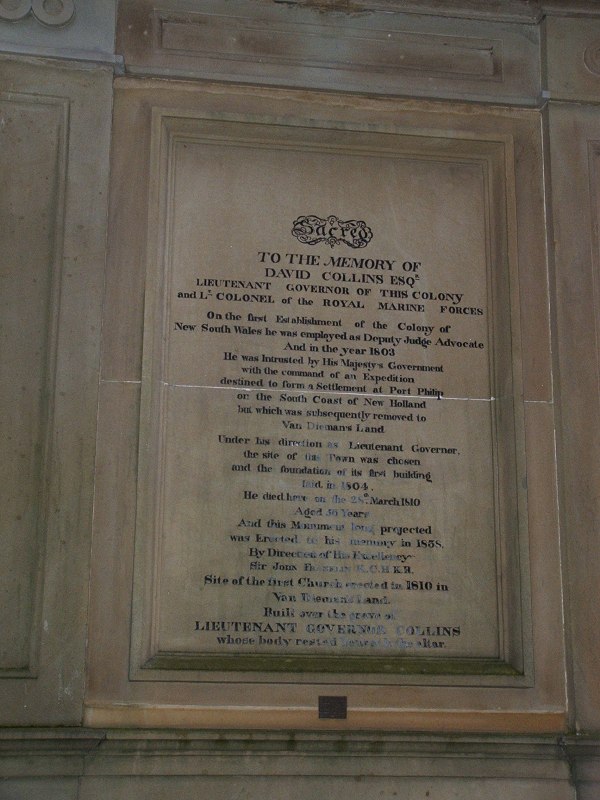Opened 1891.
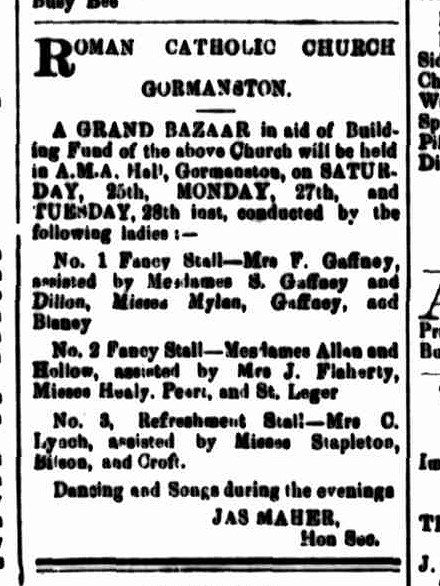
Zeehan and Dundas Herald, 11 September 1897
THE VINCENTIAN MISSION
After the termination of the Zeehan mission in connection with the Roman Catholic persuasion, the Vincentian Fathers will extend their labors to the Strahan, Queenstown, and Gormanston districts. The Rev. Father M. O’Callaghan has been in charge of that district during the past ten months, and his efforts have been crowned with a large measure of success. A church has been built at Queenstown, and land has been bought and paid for at Strahan, while a contract has been accepted for the erection of a church at Gormanston. The Vincentian Fathers will open missions at the Court house, Strahan, at 7.30 p.m. on Tuesday, February 1st, and will close on the following Friday evening. They will also open at the A.M.A. Hall, Gormanston, on the same day, at 7.30 p.m., and close on the following Saturday evening. The dedication of St. Joseph’s Church at Queenstown, will take place on Sunday, the 6th of February, and the ceremony will be conducted by His Lordship the Coadjutor Bishop of Hobart, and the occasional sermon will be preached by the Rev. Father McCarthey (Vincentian Father). On that important occasion a strong choir will sing Mozart’s 12th Mass, and a special collection will be taken up to assist in the liquidation of the debt upon the church. Father O’Callaghan appeal to his many friends for their earnest support in connection with this important matter.
Zeehan & Dundas Herald, 26 January 1898
Gormanston chapel is being rapidly pushed on.
Launceston Examiner, 14 February 1898
OPENING ST. MARY’S CHURCH, GORMANSTON
The solemn opening and dedication of St Mary’s Catholic Church, Gormanston, will take place on Sunday 29th inst. The mass will be a Missa Cantata, and the choir will be assisted by the full strength of St. Joseph’s Church, who intend journeying from Queenstown to assist at the opening ceremony. The Rev. M. W. Gilleran, of St Mary’s Cathedral, Hobart, will preach the occasional sermon. Admission will be by ticket, the proceeds being in aid of the debt on the church. Evening devotions and sermons will be held at 7 p.m. The pastor, Rev. M. O’Callaghan has been generally congratulated on the success that has followed his efforts in having such a pretty church erected in the short time that he has had charge of the district.
Zeehan & Dundas Herald, 19 May 1898
